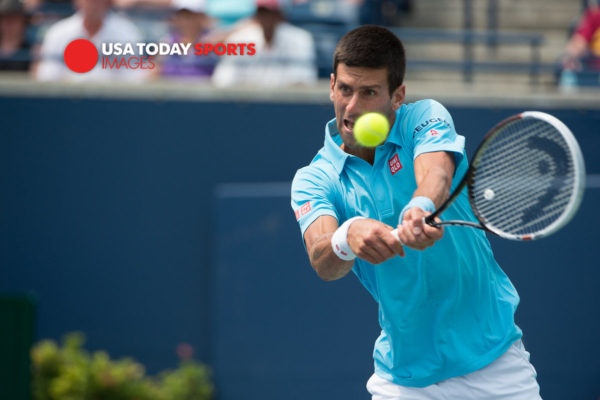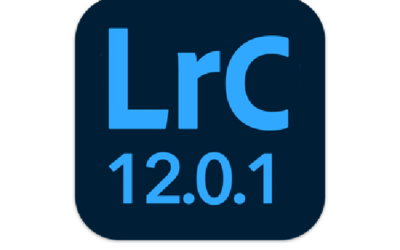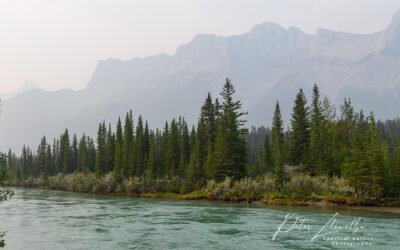Last week I worked the Men’s ATP 1000 Tennis Event in Toronto, The Rogers Cup, for USA Today sports Photos and Reuters. Featuring almost all the top male players in the world with the exception of Rafa Nadal who withdrew before the start with an injury, this is one of the leading events apart from the Grand Slam tennis tournaments. Nikon Canada provided me with one of the new Nikon D4s bodies to test during the event.
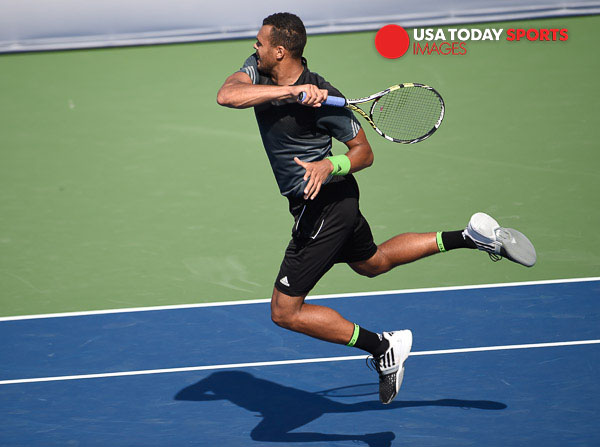
Aug 9, 2014; Toronto, Ontario, Canada; Jo-Wilfried Tsonga (FRA) plays a forehand against Grigor Dimitrov (BUL) on day six of the Rogers Cup tennis tournament at Rexall Centre-Tsonga won 6-4 6-3. Mandatory Credit: Peter Llewellyn-USA TODAY Sports
Nikon D4s, 500mm f4 lens on Gitzo monopod, 1/5000th @ f4, ISO 500, aperture priority automatic
First let’s look at the D4s. This is not a camera to buy unless you have deep pockets as it’s currently listed at $6,999 on the Vistek.ca web site. For this you get a fully featured pro body, 16.2 megapixel, 11 frames per second (1 frame faster than the D4) and full 1920 x 1080 video recording, and is aimed squarely at sports wildlife and news photographers.
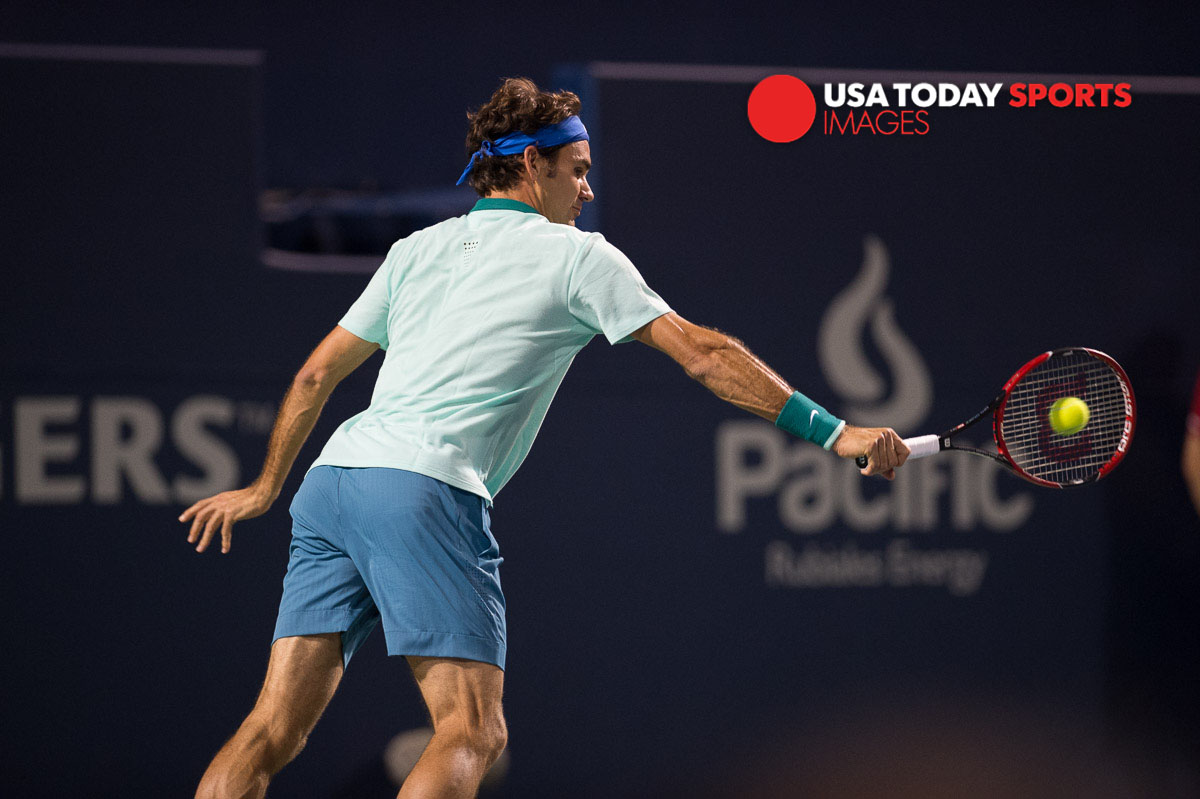
1Aug 8, 2014; Toronto, Ontario, Canada; Roger Federer (SUI) plays a backhand against David Ferrer (ESP) on day five of the Rogers Cup tennis tournament at Rexall Centre. Mandatory Credit: Peter Llewellyn-USA TODAY Sports
Nikon D4s, 300mm f2.8 lens on Gitzo monopod, 1/1250th @ f2.8, ISO 5000, aperture priority automatic
The new processor, the Exspeed 4 processor gives faster performance than the previous version and allows shooting up to 200 JPEGs or 104 raw files before the buffer is filled, 30% faster than the previous D4. This processor is not only faster but has also brought huge improvements in quality, particularly at high ISO settings, ISO sensitivity now runs from ISO 100-25,600 instead of ISO 100-12,800 which can be extended as high as 409,600 (nope, not a typo) if you ever feel the need to take photos in near total darkness!
Autofocus is the same as used in the D4, the Advanced Multi-CAM 3500FX, which has 51 AF points and ‘3D tracking’. More on this later.
Controls and menu settings are similar to previous Nikons’ so any Nikon user will soon become very familiar with this camera. The first thing I did was head straight over to the autofocus settings and set things up for continuous AF, with 3D tracking on. The camera tracked more than capably shooting at 11fps and practically every frame was in focus. The coolest feature is that when shooting at 11fps while in 51-point AF with 3D tracking mode activated you can actually see the AF point changing in the viewfinder, enabling me to focus on a players face and the focus point would stay on that face as it moved around in the viewfinder. I also set up the camera to only operate the autofocus using the AF buttons. As soon as releae the AF button the autofocus sensor jumps back to the point you had previously selected.
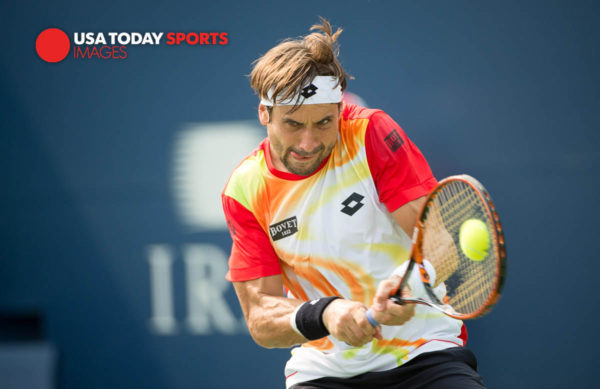
Aug 7, 2014; Toronto, Ontario, Canada; David Ferrer (ESP) hits a backhand against Ivan Dodig (CRO) on day four of the Rogers Cup tennis tournament at Rexall Centre. . Mandatory Credit: Peter Llewellyn-USA TODAY Sports
Nikon D4s, 200-400mm f4 lens set to 360mm on Gitzo monopod, 1/2000th @ f4, ISO 640, exposure set manually
(Note how s’quashed’ a tennis ball gets when these guys hit it – no wonder they need to change the balls regularly)

